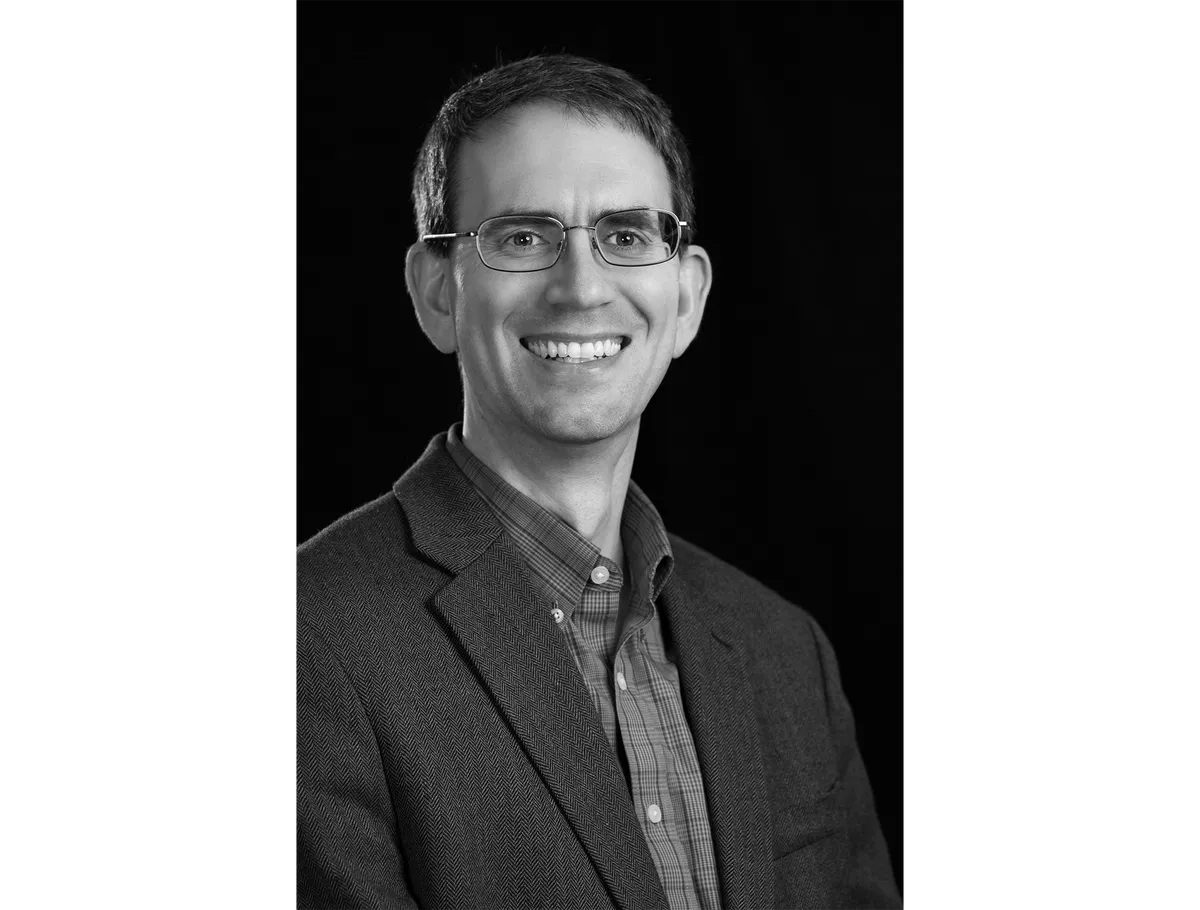As the Dark Energy Spectroscopic Instrument (DESI) fires up its 5,000 robotic ‘eyes’, scientists hope to unravel cosmology’s greatest mysteries. We spoke to Professor Daniel Eisenstein, professor of astronomy at Harvard University and co-spokesperson for DESI, to find out more about the project.

How will DESI investigate dark energy?
We don’t know what dark energy is. The goal of DESI is to investigate the cause of the Universe’s accelerating expansion rate, commonly ascribed to dark energy pushing things apart.
DESI will try to measure this rate more accurately so we can get a better understanding of the kind of dark energy theories that could explain observations.
How will DESI do this?
DESI’s primary task is to measure the redshift of galaxies. As the Universe expands, the wavelength of the light from distant objects is stretched. This is called the cosmological redshift.
It’s hard to measure distances when you look at galaxies. You are not easily able to see whether it’s a big galaxy far away or a little galaxy nearby, but distance and redshift are tightly related.
When you measure redshift you are turning a 2D picture of the sky into a 3D map.
The problem is that you don’t know the intrinsic scale. When you look at a road map there’s a key, and it turns out nature has imprinted a very hard-to-detect scale bar in the map of galaxies.
DESI is designed to measure enough galaxies and make a big enough map that we can actually tease out this subtle signal, which gives the scale.
Once you have this you can figure out how far away the galaxies truly are.
How will DESI map the sky?
DESI makes maps by measuring the spectra of millions of galaxies. Each spectrum is taken from the light of a particular galaxy, which is spread out into a rainbow, and then we can measure the thousands of different colours.
There are characteristic frequencies that galaxies emit more or less light at.
You measure these spectra and see that these frequencies are shifted from where they are measured in the laboratory, and that gives the redshift of the galaxy.
How many galaxies do you hope to look at?
The goal is to map 35 million galaxies. DESI will look at 5,000 targets at once. It has the biggest current observational capacity and will be a big improvement over the previous surveys that have observed a few million galaxies.

What is the instrument itself like?
DESI is built for the 4-metre Mayall Telescope at Arizona’s Kitt Peak National Observatory. It has a series
of 6 lenses that bring light into a sharp focus over a large field of view.
Once the light goes through to the focal plane you have 5,000 robotic positioners moving small fibre optic cables into the right position.
This means that the light from a distant galaxy enters the fibre and bounces down to the spectrograph.
What’s the schedule for the project?
DESI had its ‘first light’ in October 2019 and we are now testing the instrument and making sure all the parts can work together, which will take till early spring.The main five-year survey will start in autumn 2020.
We will be able to start analysis after the first year of data – we will have a map large enough to produce interesting cosmological analyses. We are hoping to have the results out in 2022.
What do you hope will be the outcome from DESI and how will it help us to improve our understanding of the Universe?
The primary product from DESI will be the largest 3D map of the Universe yet made, which is exciting. It
will be used for a wide range of science applications.
But specifically, the question we are trying to answer most is about the cosmological constant. This dates back to Einstein and is the idea that empty space is filled with some small but non-zero vacuum energy.
If that energy’s there and if gravity responds to it, it creates the effect of a cosmological constant and a small acceleration of the expansion of the Universe.
Another way of phrasing the question is – is the cosmological constant really constant?
I think that is the central question raised by DESI. It’s about whether the Universe we can measure is really consistent with the model of a cosmological constant.
This interview originally appeared in the February 2020 issue of BBC Sky at Night Magazine.

